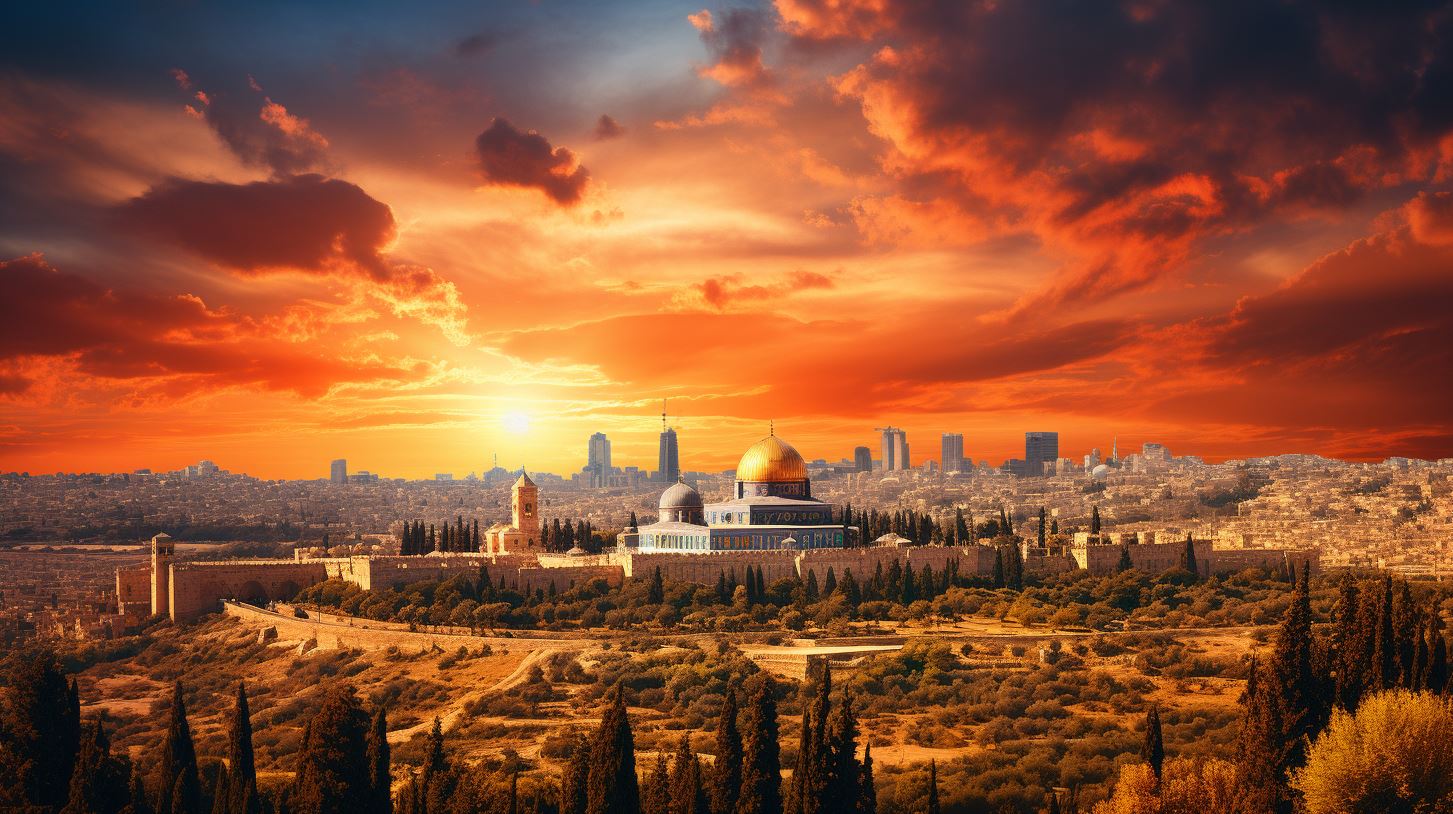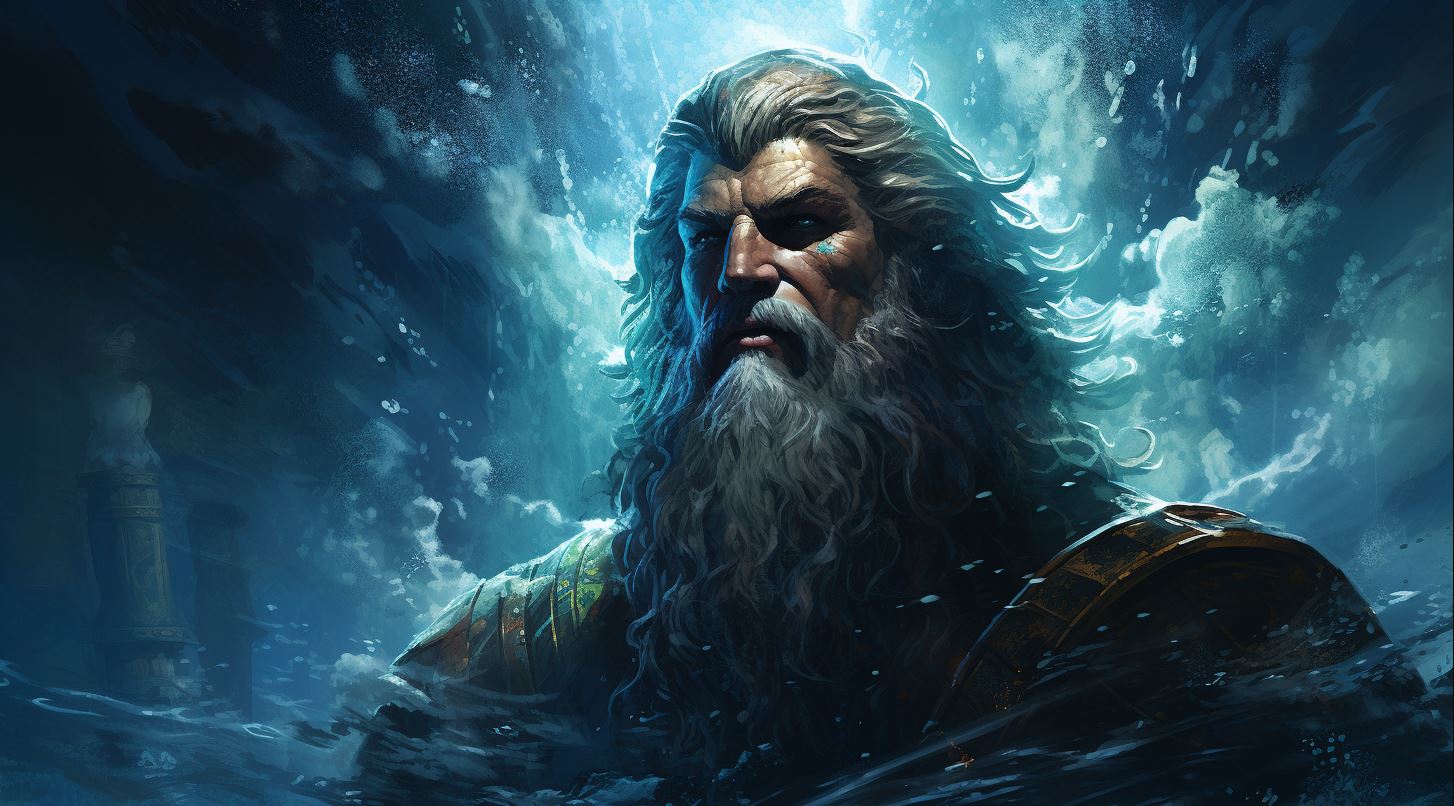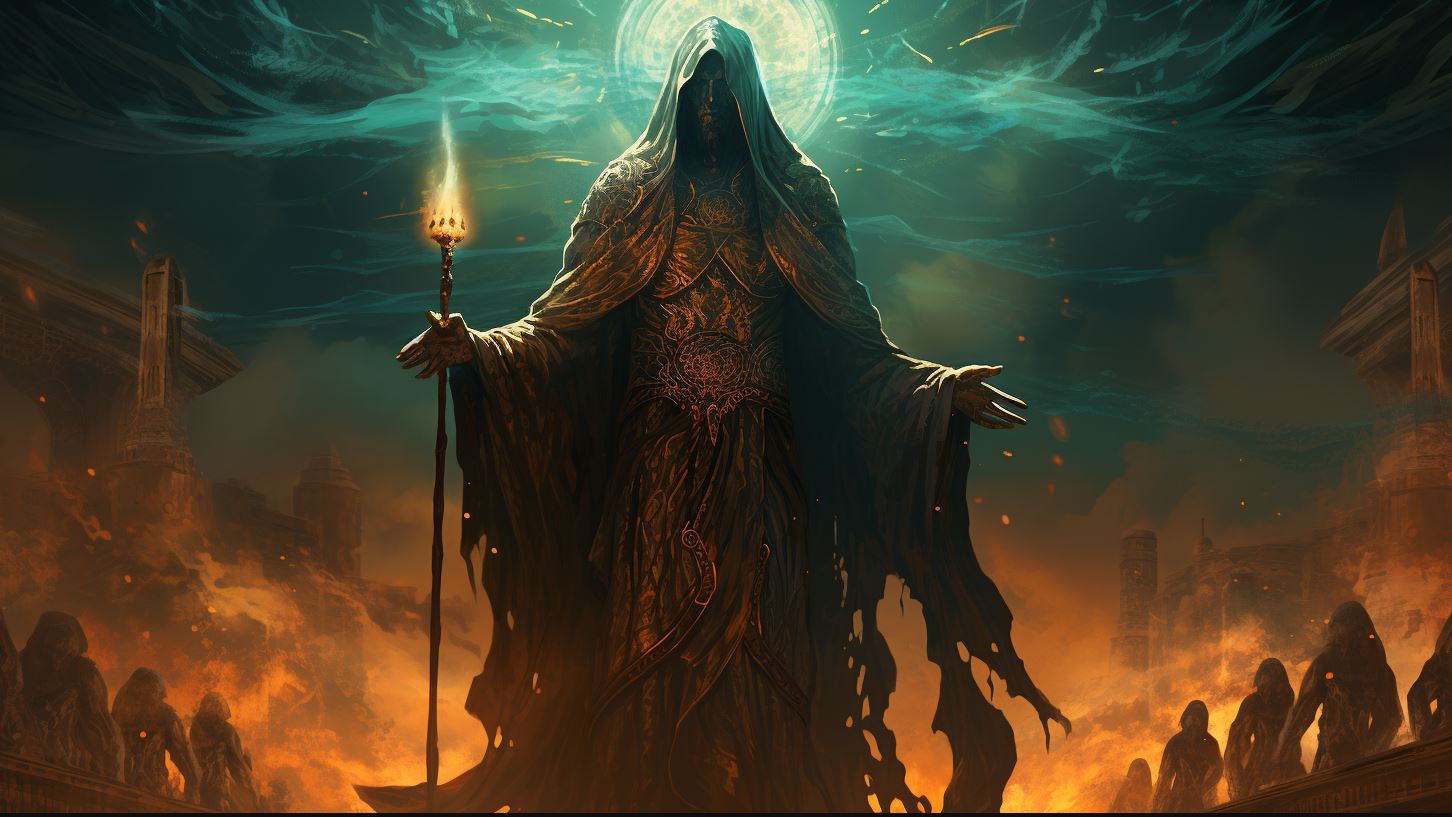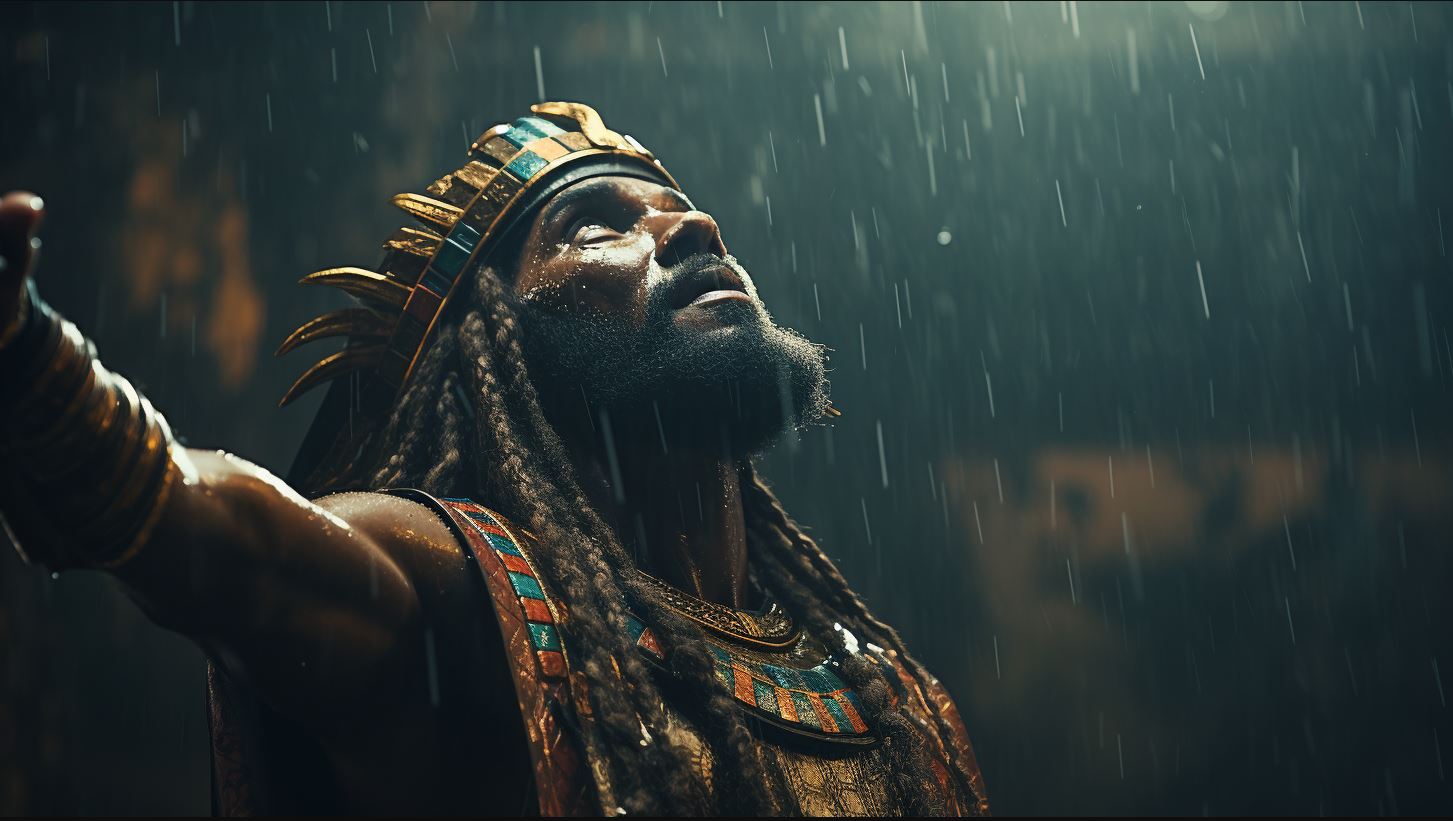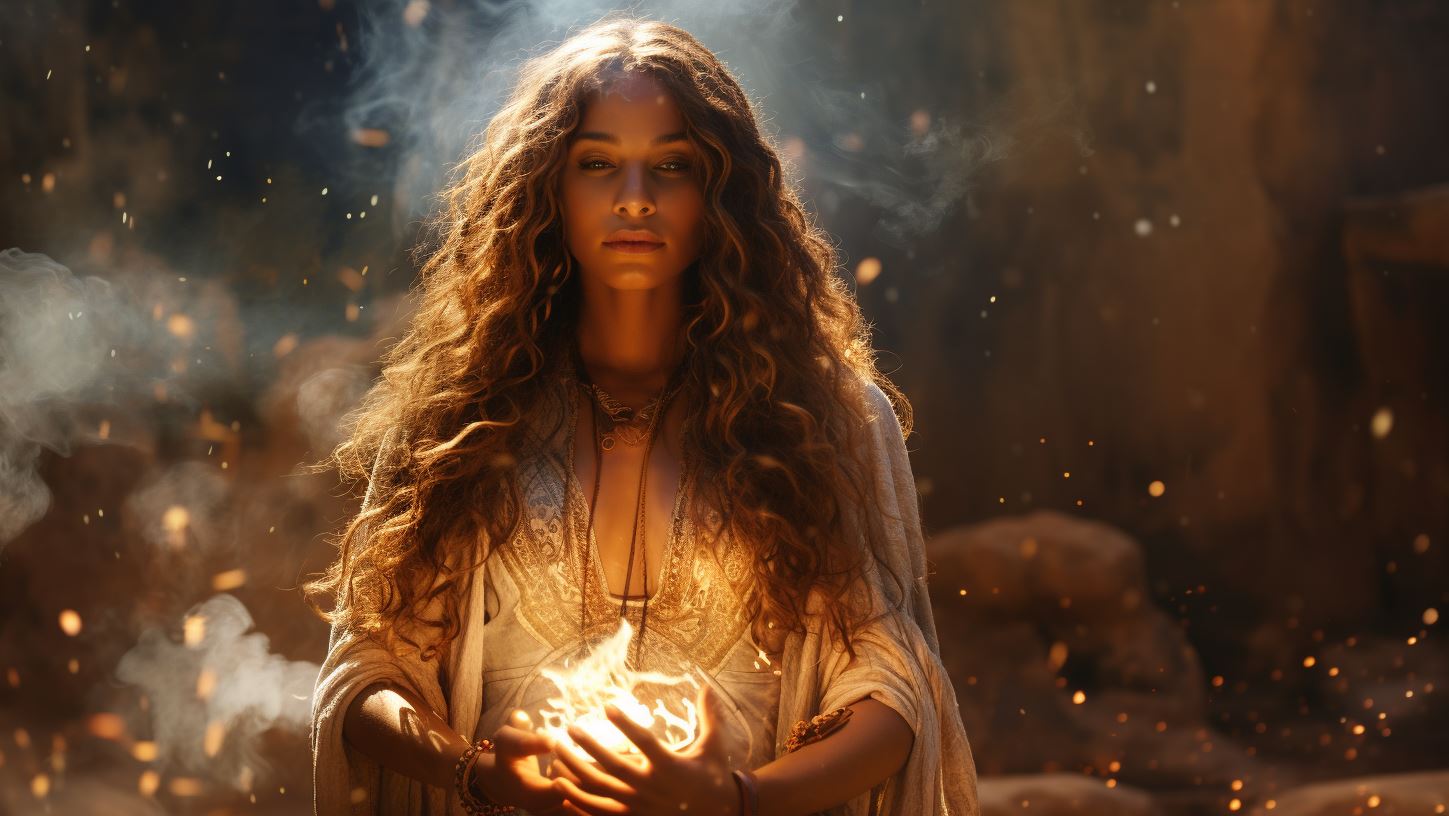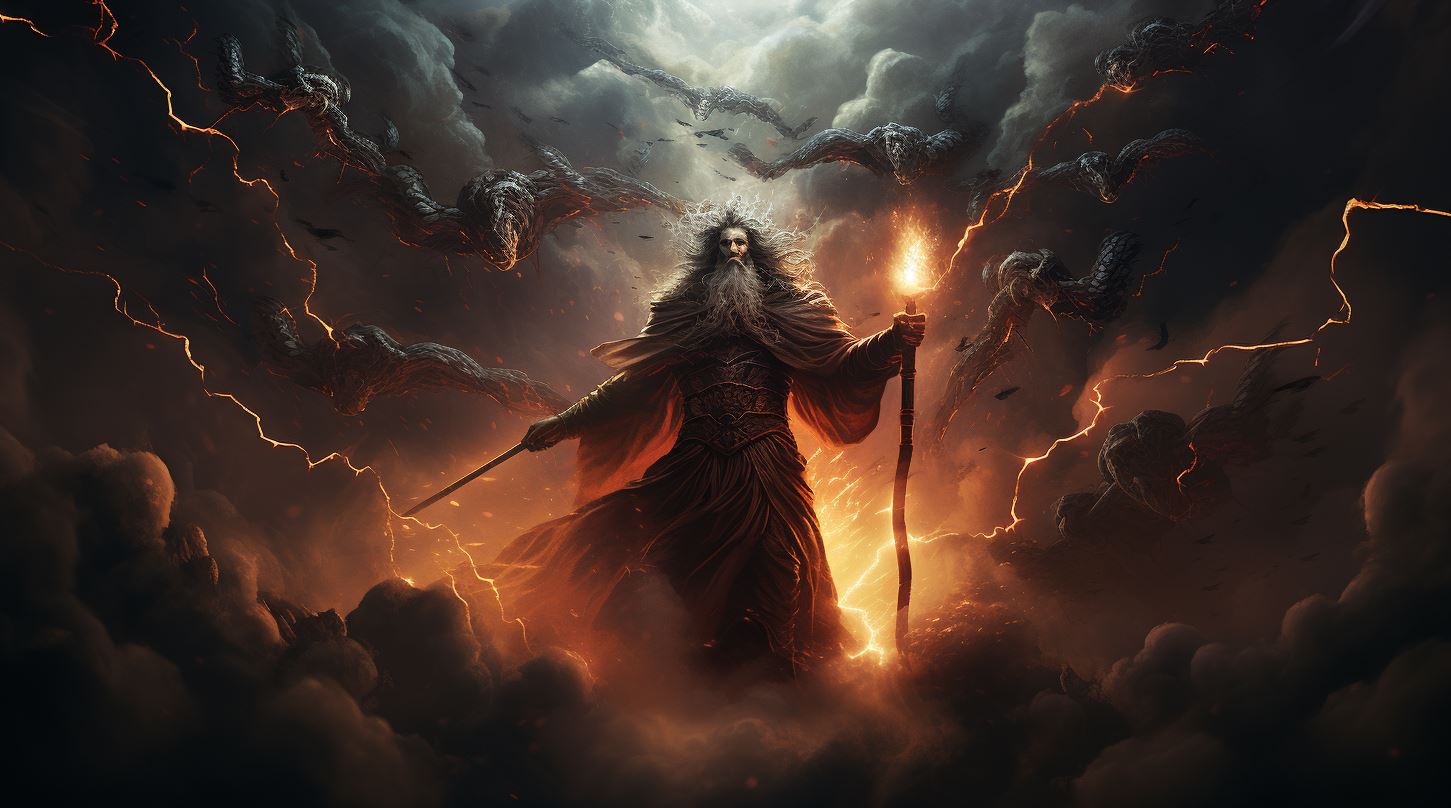Canaanite God Moloch: Unveiling Ancient Rituals and Taboos
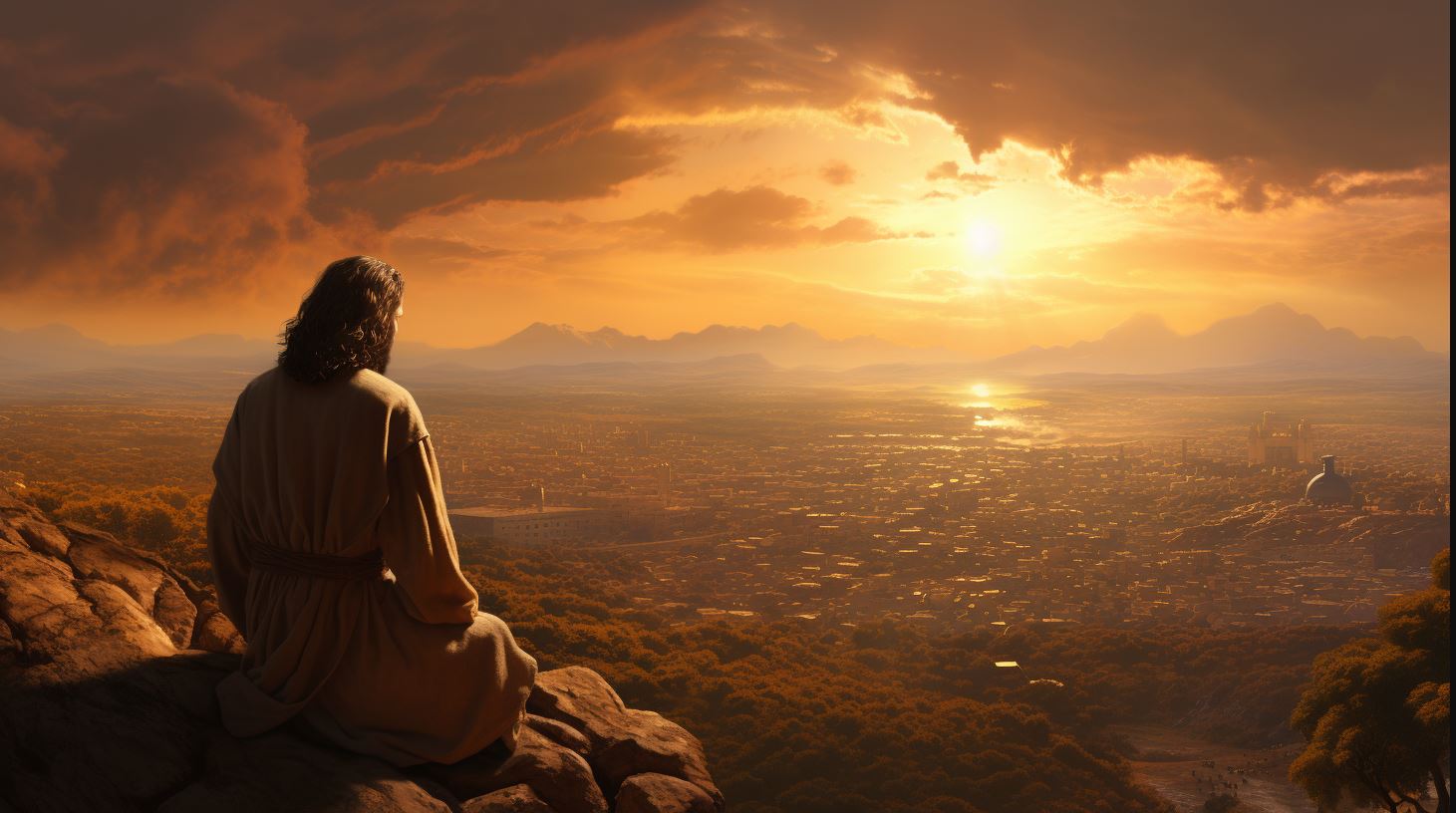
Moloch, the Canaanite god, is a subject of intrigue in ancient texts, including the Hebrew Bible. Referred to in various books such as Leviticus, 1 Kings, 2 Kings, and Jeremiah, Moloch’s practices, particularly child sacrifice, are condemned.
There’s a debate regarding whether Moloch is a deity or a type of ritual. Artistic and cultural representations of Moloch exist, but the connection between Moloch and Bohemian Grove lacks historical foundation.
Scholars discuss the etymology of the name Moloch and its interpretations in different biblical passages. Additionally, the article explores the distinction between sporadic human sacrifice and the established cult of Moloch, including connections to Carthaginian rituals.
Throughout this piece, we delve into Moloch’s history, associated practices, and contextual analysis.
Who is Moloch?
Moloch, an ancient deity mentioned in multiple books of the Hebrew Bible, holds significant religious and historical significance. This section explores the origins and references of Moloch in the Hebrew Bible, shedding light on its importance within the ancient Israelite culture.
Origins and References in the Hebrew Bible
The name “Moloch” appears in various biblical texts, including Leviticus, 1 Kings, 2 Kings, and Jeremiah. These mentions condemn the practices associated with Moloch, particularly the sacrificial rituals involving children. While some view Moloch as a Canaanite god, there is ongoing debate regarding whether the term refers to a specific deity or a type of sacrifice.
Interpretations and Religious Significance
The religious significance of Moloch within the historical and cultural context of ancient Israel is a subject of scholarly analysis. Interpretations of Moloch’s role and symbolism vary, but they generally revolve around the condemnation of child sacrifice and the importance of worshiping the one true God.
The biblical texts provide glimpses into the community’s rejection of Moloch and highlight the moral and ethical implications associated with these sacrificial practices. Understanding the religious significance of Moloch contributes to a broader understanding of ancient Israelite beliefs and cultural norms.
In summary, the exploration of Moloch’s origins, references in the Hebrew Bible, and its religious significance sheds light on the historical and cultural context surrounding this ancient deity.
Moloch in Ancient Practices
Moloch, a ancient Canaanite god, is the subject of much debate regarding its true nature.
Scholars have disputed whether Moloch refers to a deity or is connected to a specific sacrificial rite. This ongoing discussion sheds light on the religious practices of the ancient Israelites and the cultural context in which Moloch was worshipped.
While some argue that Moloch was a distinct god in the Canaanite pantheon, others propose that it refers to what was considered a sacrificial rite associated with a particular deity.
The lack of direct evidence has fueled this academic debate, leaving room for different interpretations.
Evidence of Child Sacrifice in Ancient Israel
One of the most disturbing aspects associated with Moloch worship is the practice of child sacrifice. The Hebrew Bible condemns this abhorrent ritual, attributing it to the followers of Moloch.
Several passages in biblical texts such as Leviticus, 1 Kings, 2 Kings, and Jeremiah depict the rejection of these practices. Though the exact extent and frequency of child sacrifices remain unclear, archaeological discoveries and textual evidence indicate the existence of such rituals in ancient Israelite society.
Descriptions of archaeological findings have unveiled remains of infant skeletons in specific ritual contexts, providing tangible evidence for this tragic aspect of ancient religious practices. These discoveries contribute to our understanding of the cultural beliefs and customs surrounding the worship of Moloch during that time in history.
Overall, exploring the ancient practices associated with Moloch sheds light on the cultural and religious dynamics of the Canaanite and Israelite societies. The ongoing academic debate over whether Moloch represents a deity or a specific sacrificial rite continues to fuel discussions among scholars.
Additionally, the discovery of evidence regarding child sacrifices provides us with valuable insights into the darker aspects of ancient religious rituals.
Representations of Moloch in Art and Culture
Exploring the cultural significance of Moloch, this section delves into various forms of artistic representation that shed light on the enigmatic deity.
Moloch in Literature and Film
Throughout history, Moloch has captivated the imaginations of writers and filmmakers, serving as a compelling character or a symbolic motif.
- Works of literature such as Milton’s “Paradise Lost” and Shelley’s “Frankenstein” have incorporated Moloch, depicting him as a fearsome presence embodying destructive forces.
- In cinema, movies such as Fritz Lang’s “Metropolis” and Darren Aronofsky’s “mother!” have referenced Moloch, presenting him as a representation of oppressive systems or primal instincts.
- These artistic interpretations offer diverse perspectives on Moloch’s influence and relevance in contemporary storytelling.
Depictions and Symbolism in Art
Visual art has also embraced the depiction of Moloch, employing various symbolic elements to convey meanings associated with the deity.
- Ancient sculptures and reliefs often portray Moloch as a monstrous figure with outstretched arms, highlighting his role as an object of veneration or fear.
- Symbolism surrounding Moloch can include fire, representing the sacrificial aspect of his worship, or the owl, symbolizing wisdom and the nocturnal realm.
- Artists like Francisco Goya and Salvador Dalí have explored Moloch’s imagery, exploring themes of power, oppression, and the darker side of human nature.
These artistic manifestations serve as powerful visual aids, allowing viewers to further contemplate and interpret Moloch’s significance within wider cultural contexts.
Connection to Carthaginian Religious Practices
Both practices involved offering children as a means of appeasing the gods and seeking favor or protection.
The connection between Moloch and Carthaginian religious practices provides valuable insights into the wider cultural context of ancient rituals involving child sacrifice.
Examining the similarities and differences between the two civilizations sheds light on the prevalence and significance of such practices in the ancient world.
Different Theories on the Etymology of the Name Moloch
The etymology of the name Moloch has been the subject of debate among scholars.
Several theories propose different origins and meanings for the name. One theory suggests that Moloch is derived from the Hebrew root מלך (mlk), meaning “king,” indicating the deity’s royal status.
Another theory suggests a connection to the root מַלְאָךְ (mal’akh), meaning “messenger” or “angel,” implying a divine messenger figure.
Additionally, some scholars propose a possible Canaanite origin, linking Moloch to the god Melekh mentioned in Ugaritic texts.
- One theory – Moloch derived from Hebrew root מלך (mlk), meaning “king”
- Another theory – Moloch connected to Hebrew root מַלְאָךְ (mal’akh), meaning “messenger” or “angel”
- Possible Canaanite origin – Moloch linked to the god Melekh mentioned in Ugaritic texts
Exploring the various theories surrounding the etymology of Moloch’s name offers valuable insights into the linguistic and cultural roots of this ancient deity.
These theories contribute to the broader understanding of the significance and symbolism associated with Moloch in ancient religious practices.
Distinctions: Sporadic Human Sacrifice vs Established Cult
Within the realm of ancient religious practices, it is crucial to distinguish between sporadic human sacrifices and the establishment of a cult centered around Moloch. This section delves into the comparisons of ancient rituals and social structures, as well as Moloch’s place in historical and religious contexts.
Comparing Ancient Rituals and Social Structures
When examining the history of ancient civilizations, various forms of human sacrifices emerge as occasional acts carried out for specific purposes. These sporadic sacrifices often differ from the structured and organized cultic practices associated with Moloch worship.
Ancient societies that occasionally practiced human sacrifices might engage in rituals during times of extreme crisis or to appease supernatural forces believed to control certain aspects of life.
On the other hand, the cult of Moloch in ancient Canaan and Israel represented an established institution with its own religious customs, rituals, and social structures.
It involved a systematic and ritualized process of child sacrifice, believed to bring divine favor and protection to the community. The regularity and organization of these sacrifices set the Moloch cult apart from isolated instances of sporadic human sacrifices.
Moloch’s Place in Historical and Religious Contexts
Moloch’s presence in ancient history and religious contexts cannot be overlooked. References to Moloch’s worship in the Hebrew Bible shed light on the significance of this god in the religious beliefs and practices of ancient Canaanites and Israelites.
The condemnation of Moloch and his sacrifices in biblical texts indicates a societal awareness of the moral boundaries that these practices transgressed.
Furthermore, Moloch’s association with child sacrifice and its connection to Carthaginian rituals provides valuable insights into the wider cultural and religious influences across different ancient civilizations.
The etymology of Moloch’s name remains debated, with various theories proposed to explain its origin and potential connections to other deities.
Understanding Moloch’s place within historical and religious contexts contributes to a broader comprehension of ancient societies, their theological beliefs, and the significance of religious practices within their cultural dynamics.
- The cult of Moloch represented an established institution with its own customs and social structures.
- Moloch worship involved systematic and ritualized child sacrifice.
- Moloch’s presence in ancient history and religious contexts is evident in references found in the Hebrew Bible.
- Biblical condemnation of Moloch’s practices reflects societal awareness of moral boundaries.
- The association between Moloch and child sacrifice provides insights into wider cultural and religious influences.
- The etymology of Moloch’s name remains a subject of debate.
By examining the distinctions between sporadic human sacrifice and the cult of Moloch, and placing Moloch within historical and religious contexts, we gain a deeper understanding of the ancient world’s religious practices and belief systems.
…











